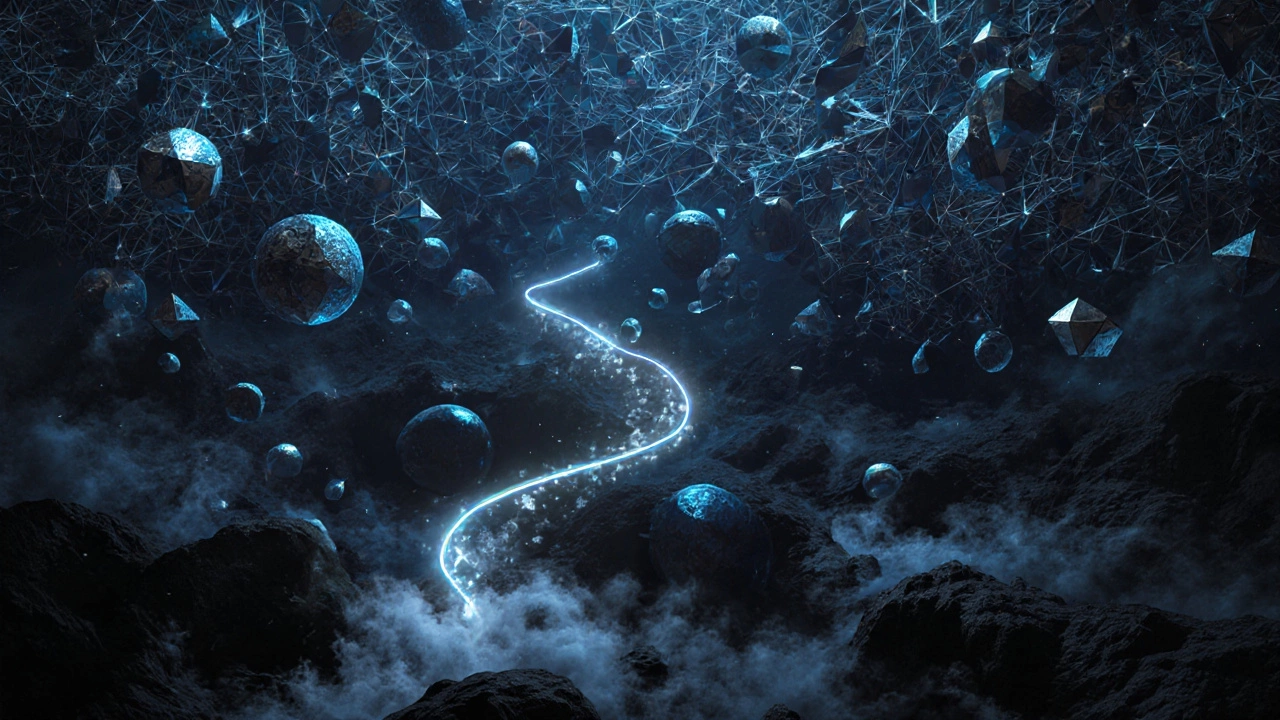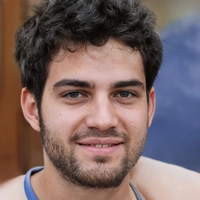Nov
5

- by Dhruv Ainsley
- 0 Comments
When people ask what the hardest math on earth is, they’re not talking about calculus or algebra. They’re talking about problems that make even top math students freeze, professors pause, and decades of research feel like a drop in the ocean. This isn’t about school tests or university finals. It’s about the math that lives in the shadows of global competitions - where the smartest minds on the planet spend years training just to get close to solving one problem.
The IMO: Where Math Becomes Art
The International Mathematical Olympiad (IMO) is the pinnacle of high school math. Held every year since 1959, it brings together the best teenage mathematicians from over 100 countries. The problems aren’t just hard - they’re designed to be unsolvable by brute force. You can’t memorize a formula and plug in numbers. You need creativity, pattern recognition, and the ability to see connections no one else has.
Take Problem 6 from the 1988 IMO. It asked: Let a and b be positive integers such that ab + 1 divides a² + b². Show that (a² + b²)/(ab + 1) is a perfect square.
That problem stumped nearly every participant. Only 11 students out of 268 solved it fully. It was so difficult that even experienced mathematicians didn’t have a clean solution ready. The breakthrough came from a method called Vieta jumping - a technique so obscure it wasn’t even taught in most advanced high school curricula. Today, it’s a staple in Olympiad training, but back then, it was a secret weapon.
The Putnam Exam: The Grind That Breaks Even the Best
If the IMO is for teens, the William Lowell Putnam Mathematical Competition is for undergraduates in the U.S. and Canada. Held every December, it’s a six-hour, 12-problem marathon. Each problem is worth 10 points. The median score? Usually zero. That’s right - half the participants score nothing at all.
One year, a problem asked: What is the probability that a randomly chosen point inside a cube lies closer to the center than to any corner?
It sounds simple. But solving it requires visualizing 3D geometry, setting up triple integrals, and understanding symmetry in ways most math majors never touch. The solution isn’t just long - it’s elegant. And if you miss one step, you get zero. No partial credit. No mercy.
Harvard, MIT, and Caltech send their top students. Some have won multiple Putnam Fellowships - the highest honor in undergraduate math. But even they admit: the exam doesn’t test what you know. It tests what you can invent on the spot.
Advanced Topics That Don’t Even Appear in Standard Curricula
Beyond competitions, there’s math so abstract it’s barely taught until graduate school. Algebraic geometry, modular forms, p-adic analysis - these aren’t just hard. They’re written in a language most people don’t even know exists.
Take Wiles’ proof of Fermat’s Last Theorem. It wasn’t just a solution - it was a bridge between three fields: elliptic curves, modular forms, and Galois representations. The proof was over 100 pages long and relied on tools developed over 50 years. Only a handful of mathematicians in the world could follow every step. And that was a solved problem.
Now imagine the unsolved ones. The Riemann Hypothesis. The Birch and Swinnerton-Dyer Conjecture. The Navier-Stokes existence and smoothness problem. These are Millennium Prize Problems - each with a $1 million reward for a correct proof. And they’ve stood for decades, even centuries. The math behind them isn’t just advanced - it’s almost alien. You need to invent new branches of math just to start asking the right questions.

Why These Problems Are So Hard
There’s a pattern. The hardest math doesn’t rely on computation. It doesn’t ask for speed. It asks for depth. It forces you to see structures that don’t exist in textbooks. You’re not solving equations - you’re discovering hidden rules of logic.
Most students think math is about getting the right answer. But in elite competitions, the answer is often just the tip of the iceberg. The real challenge is the path. And that path is rarely taught. It’s learned through trial, error, and years of grinding through past problems.
Consider this: a student preparing for the IMO might work through 500+ problems over two years. Each one takes 30 minutes to an hour. Some take days. They don’t just solve them - they reverse-engineer them. They ask: Why did the problem writer choose this setup? What hidden symmetry are they hiding?
It’s like chess. You don’t win by memorizing openings. You win by seeing three moves ahead - and then five more after that.
What Makes a Problem Truly Hard?
Not all hard math is equal. Here’s what separates the toughest problems from the merely difficult:
- Depth over breadth: They don’t test how much you know - they test how deeply you understand one idea.
- Minimal information: The problem gives you barely enough to start. You have to build the rest.
- No standard method: No formula, no algorithm, no textbook chapter covers it.
- High risk of false starts: You can spend hours on a wrong path and never know it until you hit a wall.
- Requires synthesis: You need to combine ideas from different areas - number theory, combinatorics, geometry - in ways no one taught you.
These aren’t just math problems. They’re puzzles designed by geniuses to break the thinking patterns of other geniuses.

Who Solves These Problems? And How?
The people who solve these aren’t prodigies born with magic brains. They’re students who spent years doing the same thing: reading, writing, failing, rewriting.
Take Terence Tao. He won a gold medal at the IMO at age 13. But he didn’t just ace it. He trained with past papers. He kept journals of his mistakes. He studied solutions until he could recreate them from memory. He didn’t wait for inspiration. He built discipline.
Most top performers in these contests follow the same routine:
- Work through past competition problems - not just once, but repeatedly.
- Write out full solutions, even for problems they think they understand.
- Find peers to discuss problems with - explaining your reasoning out loud reveals gaps.
- Study the history of the problem. Where did it come from? What inspired it?
- Accept that you’ll get stuck. The breakthrough often comes after weeks of frustration.
There’s no shortcut. No app. No YouTube video that will turn you into a problem-solving machine. It’s hours. It’s repetition. It’s failure. And then, sometimes, clarity.
Is There a Single Hardest Math Problem?
There’s no official answer. But if you ask mathematicians who’ve competed or graded these exams, they’ll point to a few names.
IMO 1988 Problem 6 - still referenced in training circles 37 years later.
Putnam 2009 B5 - a problem about infinite series and trigonometric identities that only 5 out of 4,600 participants solved fully.
And then there’s the unsolved ones - problems like the Riemann Hypothesis. No one knows if they’re truly unsolvable or just beyond our current tools. Maybe the next breakthrough will come from a 16-year-old in a small town, working on a problem no one else thinks to ask.
The hardest math on earth isn’t defined by complexity. It’s defined by how much it forces you to grow. It doesn’t just test your knowledge. It tests your patience, your resilience, and your belief that beauty can be found in logic - even when the answer feels impossible.
Is the hardest math on earth the same as the hardest math in school?
No. School math tests your ability to apply known methods. The hardest math - like in the IMO or Putnam - asks you to invent new methods on the spot. It’s not about memorizing formulas. It’s about seeing patterns no one has seen before.
Can someone learn to solve these problems without being a genius?
Absolutely. Many top competitors weren’t labeled "geniuses" early on. They trained relentlessly. They kept journals of mistakes. They worked with peers. The difference isn’t talent - it’s consistency. Solving one hard problem a week for two years beats memorizing a hundred easy ones.
Why do these problems have such low scores?
Because they’re designed that way. The goal isn’t to grade students - it’s to find the rare minds who can think differently. A median score of zero isn’t a failure. It’s a filter. It separates those who follow rules from those who rewrite them.
Are these problems useful outside of competitions?
Yes. The skills you build - pattern recognition, logical reasoning, persistence - are critical in cryptography, AI research, and theoretical physics. Many breakthroughs in tech come from people trained in Olympiad math. The problems may seem abstract, but the thinking they develop is deeply practical.
What’s the best way to start preparing for these exams?
Start with past IMO and Putnam problems. Don’t look at solutions right away. Try for at least 30 minutes. Then read the solution slowly - not to memorize, but to understand the thought process. Keep a notebook of insights. Join a study group. And don’t rush. This isn’t a race. It’s a long journey into deeper thinking.
What Comes After the Hardest Math?
Once you’ve wrestled with these problems, you don’t just get better at math. You change how you think. You learn to sit with uncertainty. To embrace confusion. To trust that clarity will come - if you’re willing to keep going.
That’s the real lesson. The hardest math on earth isn’t a problem on a page. It’s the courage to keep asking questions when no one has answers.





